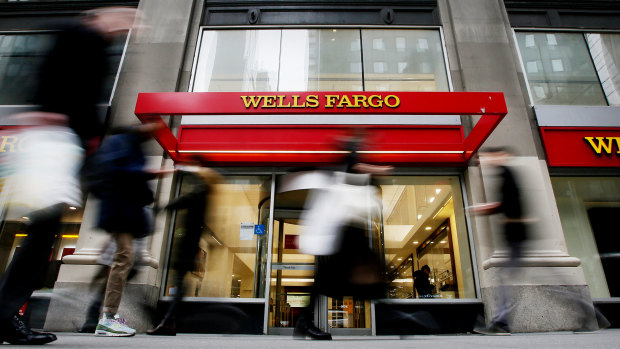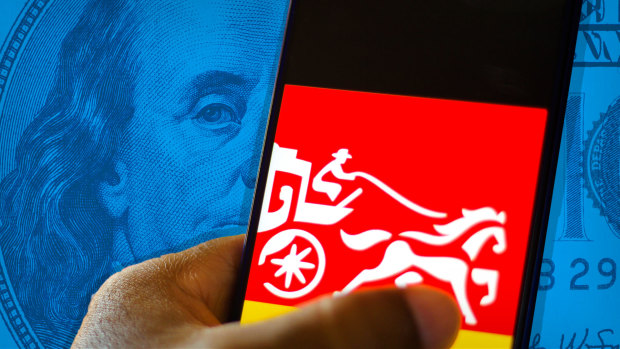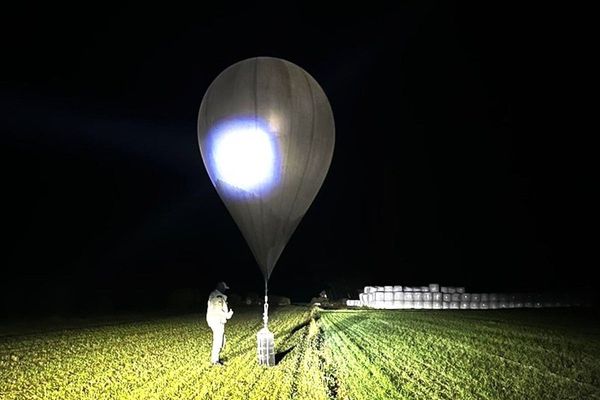
Wells Fargo admitted to having employees create millions of fake accounts for its customers between 2002 and 2016. The company pushed its employees into doing that by creating unrealistic sales goals, which it admitted to when it settled with the U.S. government in 2022.
To settle the matter the bank paid a $3 billion fine.
DON'T MISS: Kroger Makes a Change Customers Hate
“Our settlement with Wells Fargo, and the $3 billion monetary penalty imposed on the bank, go far beyond ‘the cost of doing business,’" Andrew Murray, the U.S. Attorney for the western district of North Carolina, had said. "They are appropriate given the staggering size, scope, and duration of Wells Fargo’s illicit conduct, which spanned well over a decade,”
It was one of the biggest banking scandals of all time, and you would think that it was something that would never happen at the bank again.
Now, however, an NBC News investigation shows that people have been discovering mysterious new Wells Fargo (WFC) -) accounts that they never actually opened.

Image source: Shutterstock/TheStreet
Wells Fargo Faces New Allegations
The new NBC report alleges that a number of people have reported discovering new Wells Fargo accounts in their name that they did not open.
One of those people with an account in his name that he did not open, Jay Patterson, works as a forensic accountant helping consumer lawyers investigate big banks.
"Other consumers, in public complaints to regulators, have detailed similarly mysterious Wells Fargo bank accounts, raising fresh questions, experts say, about compliance and risk management at a bank that has been rocked by scandals in recent years," NBC reported.
The difference between these new fake accounts and the previous scandal is that these are accounts created for people who are not Wells Fargo customers. In the previous scandal, the company's employees were adding new accounts for existing customers.
NBC called this "synthetic identity fraud -- when impostors create new identities using a combination of real and fake personal information, such as names, Social Security numbers, birth dates, and driver’s license numbers." That's a tactic used to launder money, finance terrorism or defraud financial institutions, government agencies, or individuals, according to the story.
When Patterson's fake account was created, some of his personal information was correct, but some of it wasn't. This raises questions as to whether the bank is properly vetting new accounts.
Wells Fargo Faces a $1.8 Billion Bill
Wells Fargo also said in an Aug. 1 Securities and Exchange Commission filing that it expected to pay $1.8 billion as part of a special-assessment fee proposed by the Federal Deposit Insurance Corp. The federal agency is looking to recoup the $15.8 billion it spent during the March failures of Signature and Silicon Valley Bank.
The FDIC has not finalized the payment plan, but it's expected to allow banks to pay their share over eight quarters beginning in June 2024.
Wells Fargo will not be alone in having to pay the FDIC.
"Banks with total assets of more than $50 billion would pay more than 95% of a special fee aimed at making up a $15.8 billion hit to the Federal Deposit Insurance Corp.’s Deposit Insurance Fund in the wake of several bank failures," Banking Dive reported.
Banks with assets under $5 billion would be exempt from the special assessment payments.
Action Alerts PLUS offers expert portfolio guidance to help you make informed investing decisions. Sign up now.







